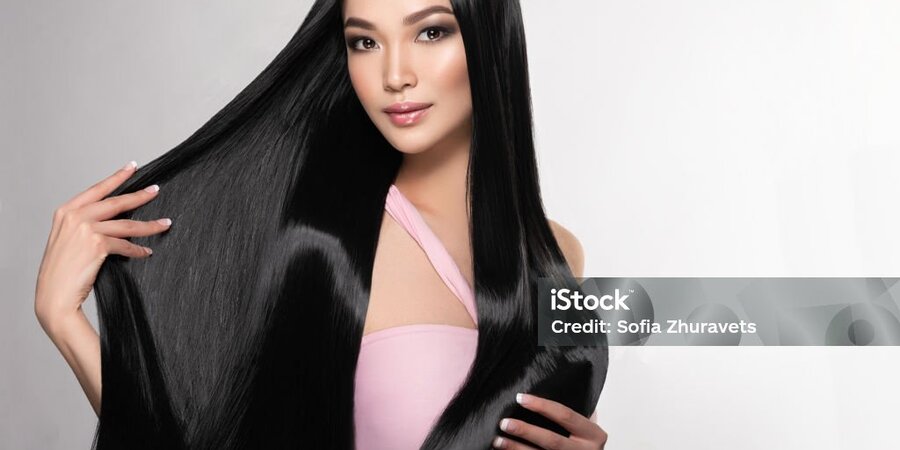“A Step-By-Step Guide: Leave Conditioner in Hair Like a Pro”
Your hair care routine needs conditioning as an essential step and the query frequently emerges regarding whether to keep the conditioner inside your hair. Your hair type together with the conditioner variety and your desired hair outcome determines whether to rinse the conditioner. You should rinse different types of conditioners after waiting several minutes whereas other types work better when you keep them in your hair for extended periods of time. The effective use of your conditioner requires proper application based on your hair’s requirements. Long conditioner exposure holds risks which require special attention especially for people with fine hair or those dealing with oily hair conditions. The knowledge about various conditioner types as well as their advantages will lead to excellent hair wellness .
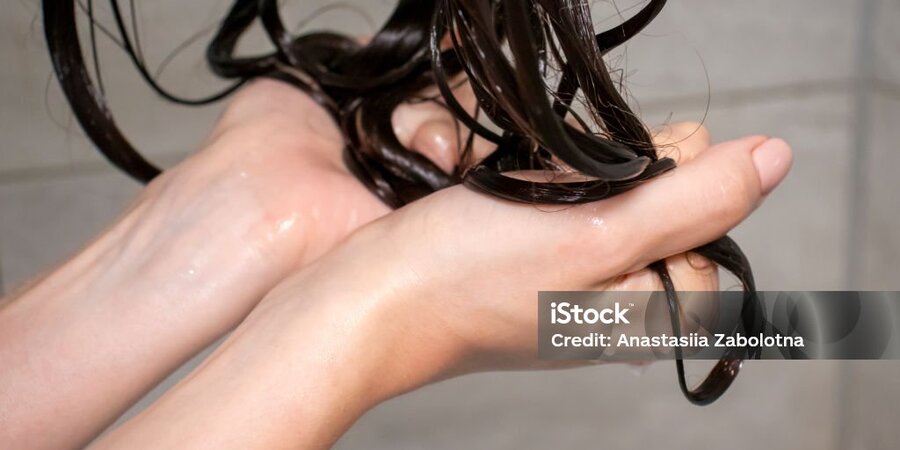
Understanding the Different Types of Conditioners
1. Rinse-Out Conditioners
Rinse -out condition are meant to be rinsed after a few minutes of application, usually after shampooing. Their function is to epenish moisture smooth the hair shaft and reduce tangles after washing holding the conditioner on for too much time leads to product accumulation which produces unstable weight and oily touch in hair. When I failed to rinse my hair properly it became heavy and dull the following day. To avoid this, apply, wait a few minutes and rinse thoroughly for soft, manageable hair .
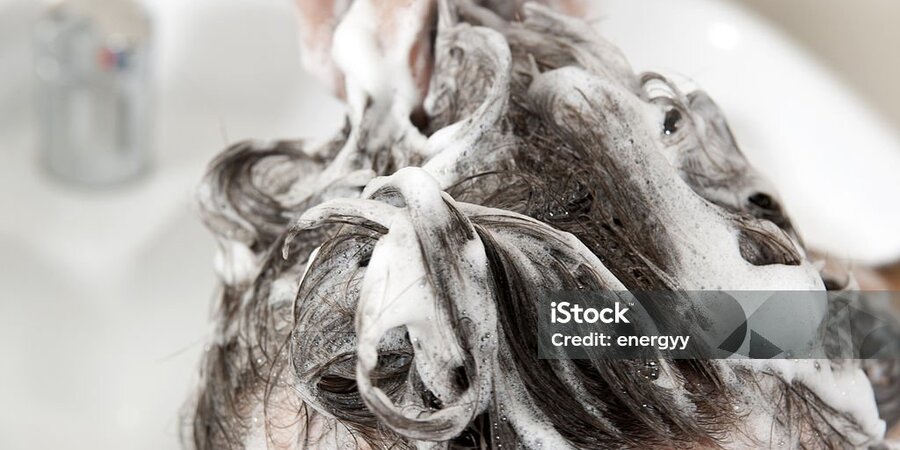
2. Leave-In Conditioner
leave-in conditioners are designed to stay in you hair without rinsing, making them useful or dry, curly, frizzy hair They are lightweight and enhance manageability helping with detangling and styling. These conditioners provide continuous hydration keeping hair soft and nourished while also offering potection from environmental damage like pollution and UV rays. Regular use improves hair health, texture, and resilience. From my experience, they prevent dryness and make hair easier to maintain. A leave-in conditioner provides significant benefits for people who experience moisture loss.

3. Deep Conditioners
Deep conditioners represent an excellent approach to maintain strong and healthy hair. My hair became extremely dry before I discovered a thick rich formula which effectively changed my condition. Unlike regular conditioners, a deep conditioning treatment penetrates deeply the hair shaft to repair damage and restore moisture. Such treatments deliver great benefits to hair that feels weak or dull. For the best results, leave the treatment in for a longer period, usually between 15-30 minutes. I personally use it once or twice a week, depending on how dry my hair feels. However, it’s important to avoid over-conditioning because too much moisture can make hair feel limp and greasy instead of soft and manageable. Your hair remains healthy while avoiding excessive heaviness when you achieve the proper treatment duration.
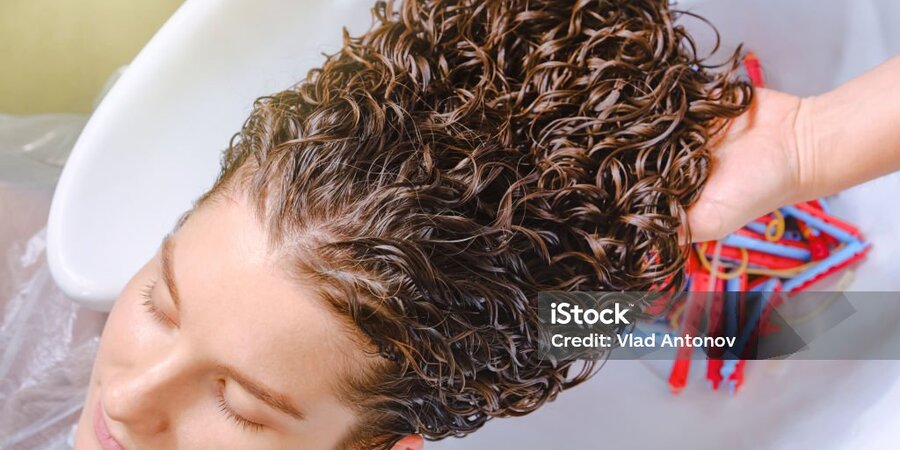
When It’s Okay to Leave Conditioner In
If you have dry or curly hair, you can greatly benefit from leaving in a small amount of conditioner. Since curly or coarse hair tends to be drier, leaving in conditioner helps restore hydration and maintain healthy, manageable hair. Make sure to use a conditioner that is specifically formulated for leave-in purposes. The extra moisture will make a noticeable difference without leaving a heavy buildup
The care for thin hair requires extra caution because improper use can result in undesirable greasiness or heavy-weighted appearance. Applying a leave-in conditioner might cause unnecessary greasiness or weigh your hair down. Instead, focus on leaving conditioner only on the ends where extra moisture is needed, and avoid applying it near the roots. The strategy allows your hair to maintain fresh appearance while preventing unnecessary weight buildup.
In my experience, a good rule of thumb is to always test a small amount of leave-in conditioner first, especially if you’re unsure about how your hair reacts. Remember, the right product, when **formulated** properly, can make a huge difference without compromising your hair’s natural texture or volume.
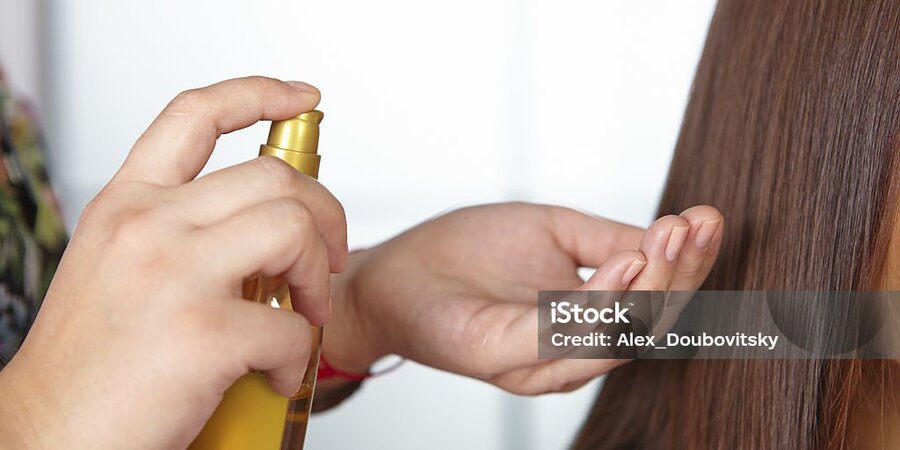
How to Properly Apply Conditioner
Step 1: Choose the Right Conditioner:
When asking can you leave conditioner in your hair, it depends on your hair type and the conditioner you use. Some conditioners are meant to be rinsed out after a few minutes, while others are designed to stay in for longer hydrating benefits. The right product can help enhance the health of your hair, based on your needs. Picking the right conditioner is key to healthy hair. If you have fine or oily hair, a lightweight formula will prevent weighing your hair down. For dry or damaged hair, choose a richer, deep-conditioning product to restore moisture. Always match the product to your hair type and needs ensuring it provides the moisture and nourishment required without making your hair greasy.
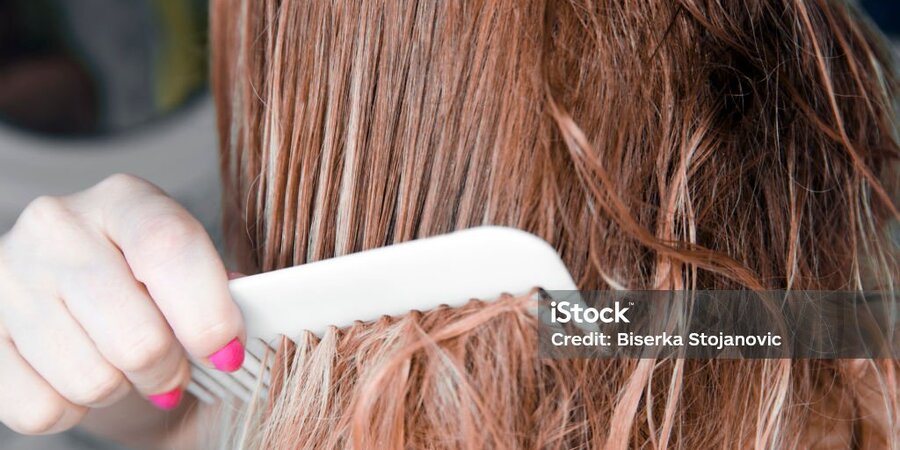
Step 2: Apply to Damp Hair
After **shampooing**, gently **squeeze** out the **excess water** so your hair is damp, not too wet, to avoid diluting the **conditioner** and reducing its **effectiveness**. Apply the conditioner evenly, starting from the ends, and massage it through the hair for better **absorption**. Damp hair helps lock in moisture and ensures the conditioner coats your strands without weighing them down. Too much water can dilute the product, while applying it to dry hair may cause uneven distribution.
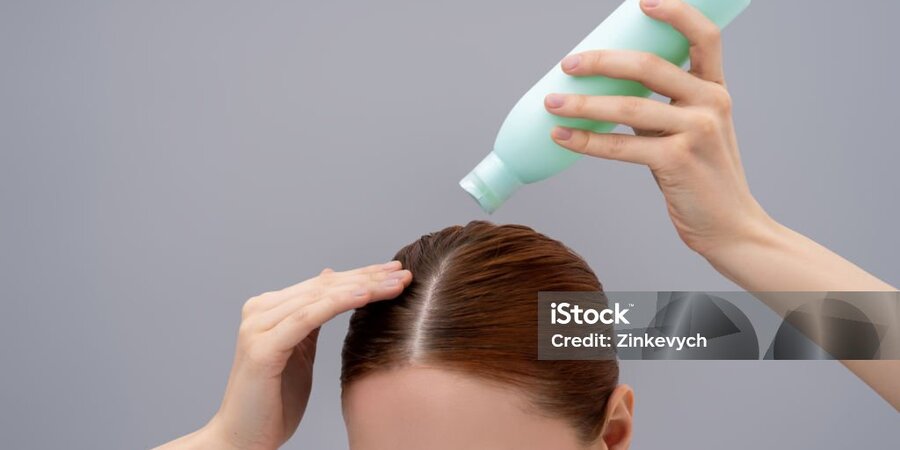
Step 3: Focus on the Mid-Lengths and Ends
When applying conditioner, it’s essential to pay special attention to the mid-lengths and ends of your hair. These parts tend to get drier since they are further from your scalp and don’t receive as much natural moisture from your hair’s roots. Applying conditioner directly to these areas will help lock in the hydration they need. Start by gently massaging the conditioner from the mid-lengths down to the ends, making sure to evenly distribute it. One key thing to remember is not to concentrate the conditioner too much on your roots or scalp. Doing so could leave your hair feeling greasy, and it may even weigh your hair down, making it look limp and lifeless. Instead, focus on the areas that need the most attention — the mid-lengths and ends. If your hair is extremely dry, you might need to leave the*conditioner in for a little longer to let it fully penetrate and hydrate
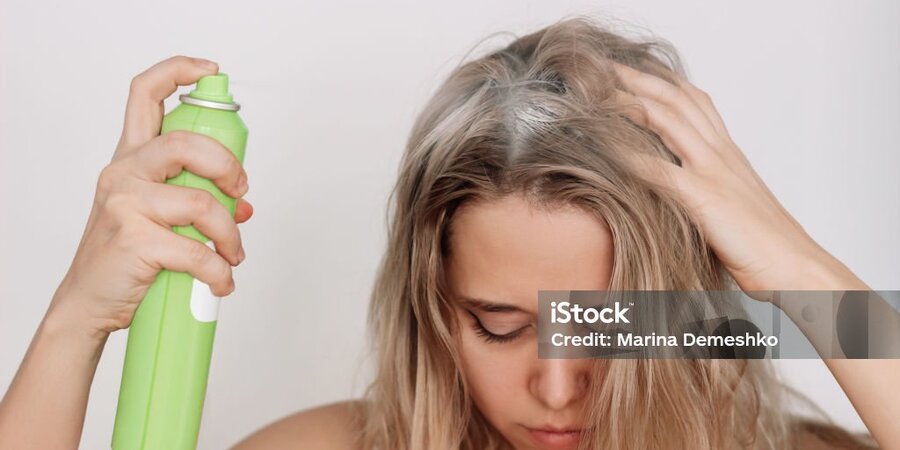
Step 4: Detangle While Conditioning
When asking if can you leave the conditioner in your hair, it depends on the type of **conditioner and your hair’s needs. Some are meant to be rinsed out, while others stay in longer for added hydration. To get the best results, distribute the conditioner evenly throughout your hair. While applying conditioner, use your fingers or a wide-tooth comb to detangle and remove any knots. This helps the product to work more effectively and ensures even absorption. Detangling while conditioning also minimizes breakage by reducing pulling and tugging. incorporating this step, you ensure your hair stays nourished and smoother, as the conditioner is allowed to work deeply into each strand. Use gentle techniques for the best results, and enjoy healthier hair.

Step 5: Follow Recommended Timing
When using conditioners, timing matters for optimal results. For Rinse-out conditioners, leave them on for about 2-3 minutes before rinsing. Deep conditioners require more time, usually 15-30 minutes, to deeply nourish and repair hair. However, Leave-in conditioners should be applied to damp hair and not rinsed** out, as they are designed to stay in your hair for ongoing moisture and protection. Ensure you rinse thoroughly after using Rinse-out conditioners to avoid buildup. Following the recommended timing for each type of conditioner is important for healthy, well-maintained hair. The correct approach ensures your hair gets the right benefits without any residue or excess
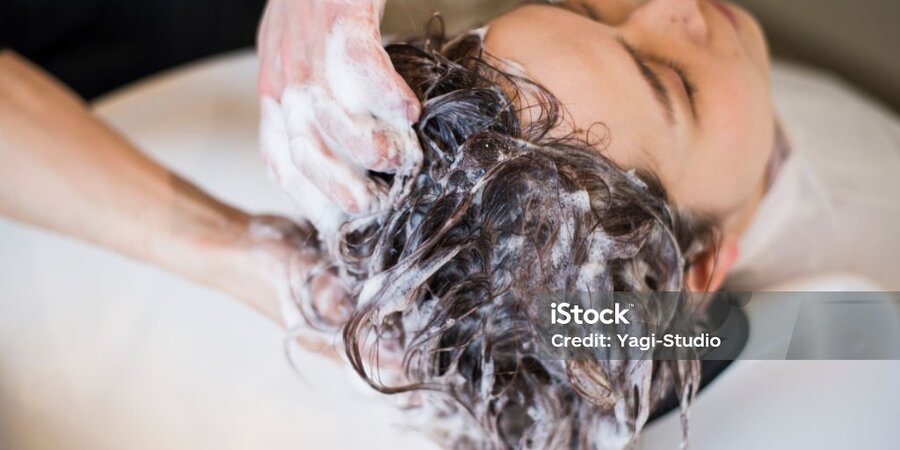
Step 6: Rinse with Lukewarm Water
The necessity of conditioning your hair depends on its specific type because certain conditioners require removal after application. Some conditioners are meant to be rinsed out, while others are designed to stay in for long-lasting moisture and shine. Leave-in conditioners are ideal for this, as they help lock moisture and smooth the hair, while rinse-out conditioners should be washed off.
Always **rinse** with **lukewarm water** after conditioning. **Cold water** helps seal the **cuticle**, locking in moisture, while **hot water** can strip away natural oils. Lukewarm water helps close the **cuticle**, ensuring your conditioner works effectively and leaves your hair smooth, shiny, and nourished.
Use lukewarm water to rinse out rinse-out or deep conditioners. Cold water can help seal the hair cuticle, locking in moisture and shine.
*Step 7: Finish with a Leave-In Conditioner (Optional)
After washing and conditioning your hair, you can apply a leave-in conditioner or serum to **damp** hair for additional hydration** and smoother results. Additionally for dry or curly-haired individuals, this optional measure enhances the benefits of your hair care routine. A leave-in formula provides both heat protection and long-term manageable hair by retaining moisture. If you have specific **needs**, like frizz control or curl definition, this step can really make a differencs.
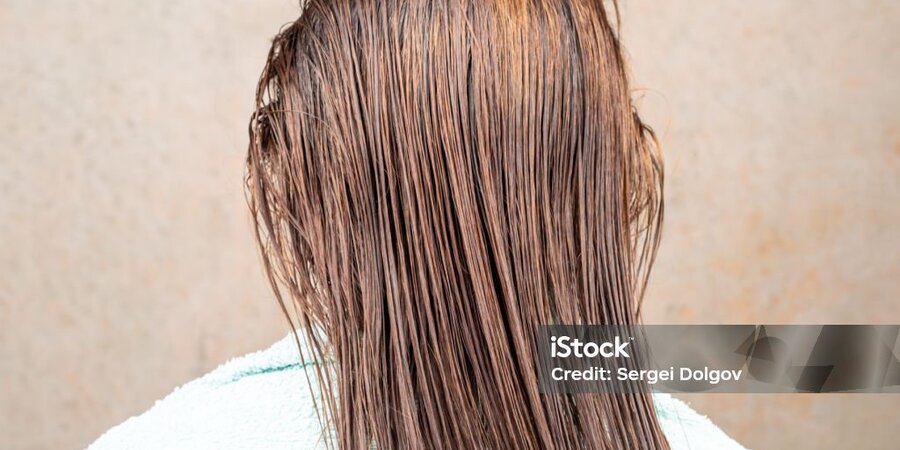
**The Risks of Leaving Conditioner in Your Hair Too Long
I you leave conditioner on for an extended period, it can have unwanted effects. First, your hair might become greasy or weighed-down, making it feel heavy and looking limp. This could be due to over-moisturization, a condition that occurs when your hair absorbs too much moisture, leading to hygral fatigue. This weakening of the hair structure could make it feel mushy, increasing the risk of breakage.
Additionally, moisture overload on your scalp could cause other issues like itching, dandruff, or even irritation. Prolonged exposure to conditioner might also clog pores, leading to poor scalp health. Products with heavy consistency may create an imbalance in your scalp that generates more problems than beneficial results. So, while leaving conditioner in your hair for a short period can benefit you, doing it for too long can lead to negative consequences.
Personal tip can i leave conditioner in my hair:
rom experience, choosing the right **conditioner** makes a big difference. If you have **fine** or **flat hair**, use a **lightweight conditioner** to avoid **greasy buildup**. **Rinse-out conditioners** are great for this. But for **curly** or **thick hair**, a **leave-in conditioner** or **deep conditioning** treatment can be a **game-changer**. Leave-in conditioners provide several advantages such as shaping your curls and delivering moisture and guarding your hair against dryness alongside heat styling damage
If you leave **conditioner** in your **hair**, it can cause **buildup** if you don’t use the right product. For **wavy** or **curly** hair, a **leave-in conditioner** boosts **curl definition** and adds moisture. People with fine hair should stay away from weighty products that offer excessive bulk to their hair. The key is finding a **conditioner** that suits your **hair type** and gives you the benefits you need.
